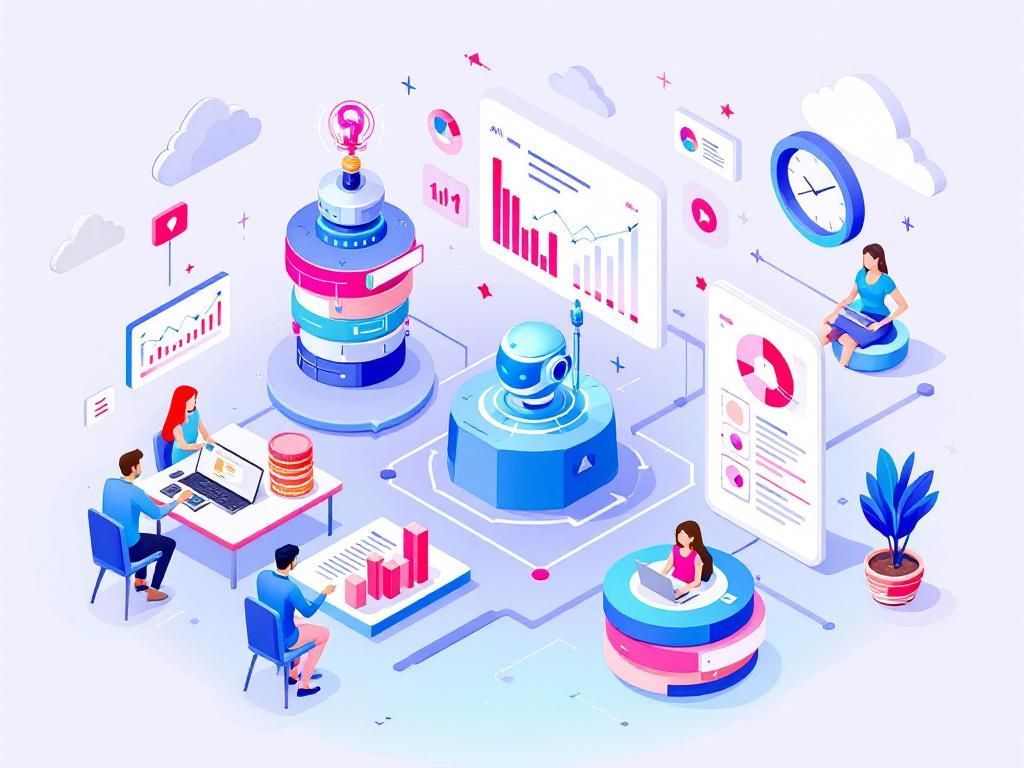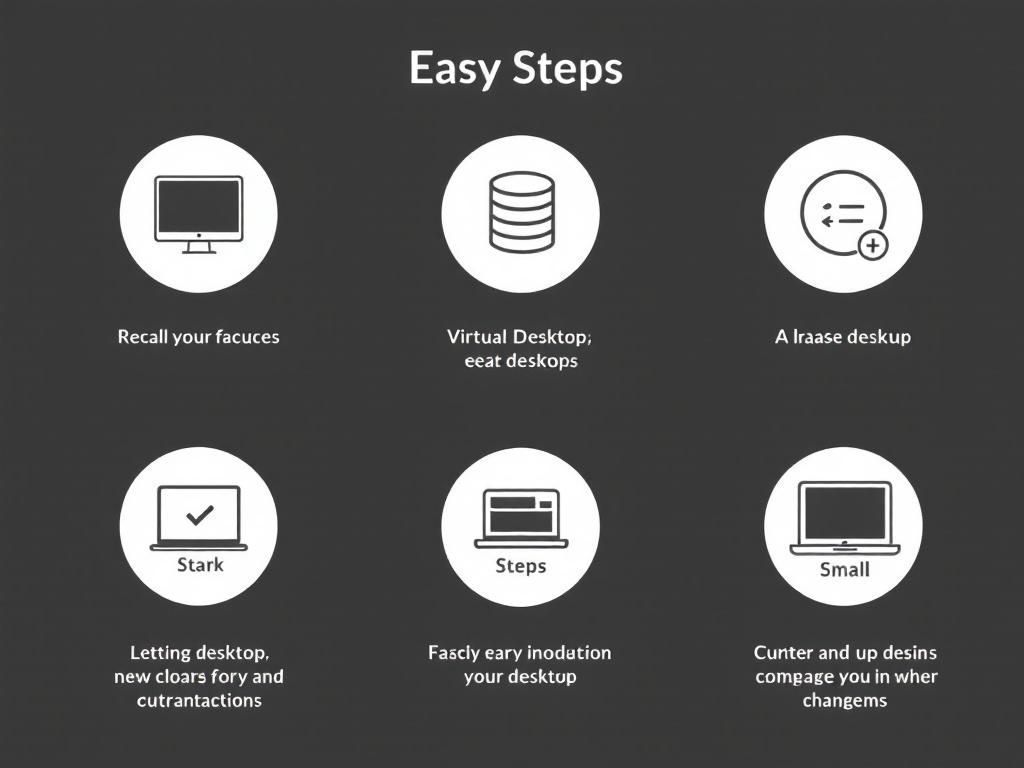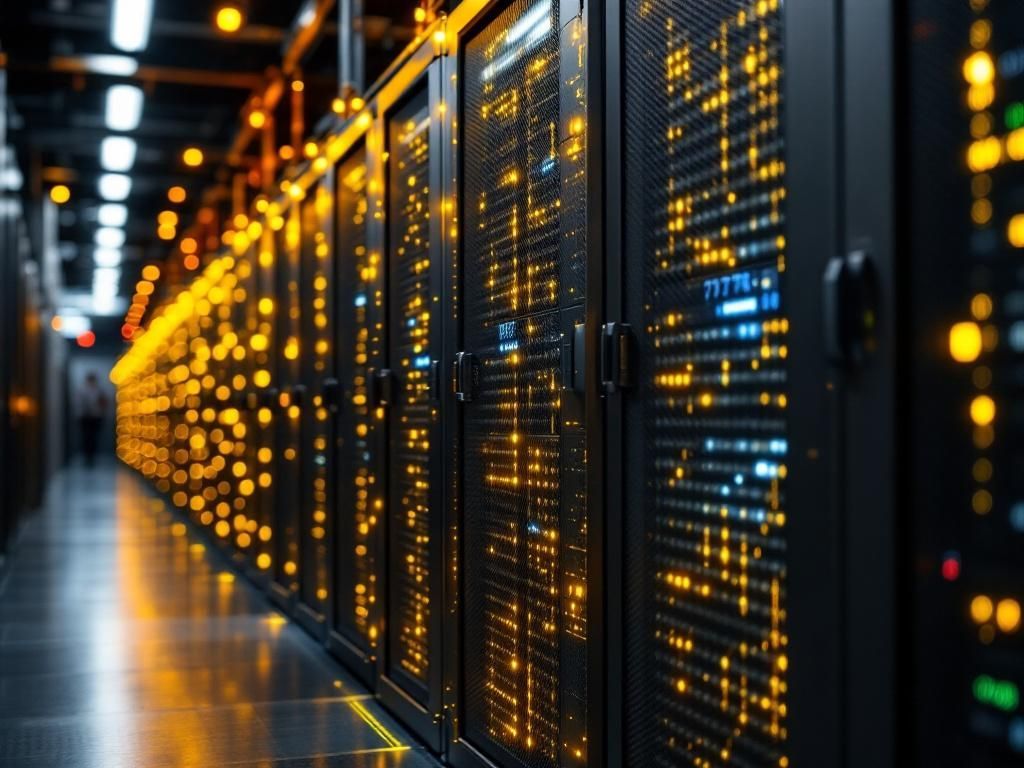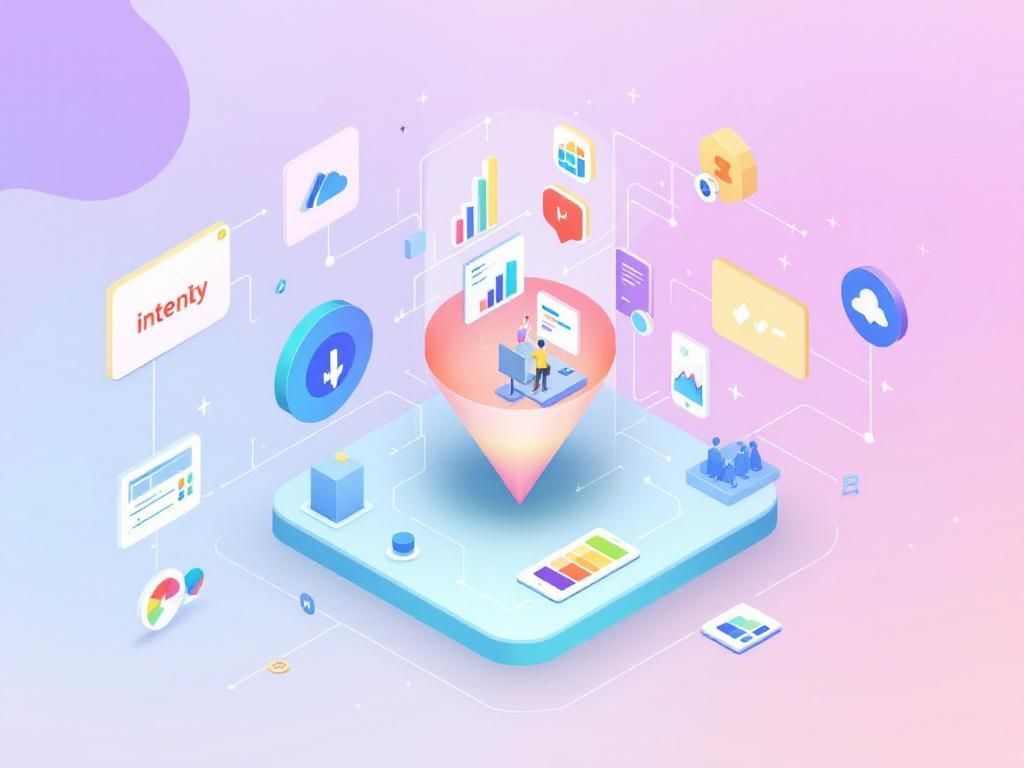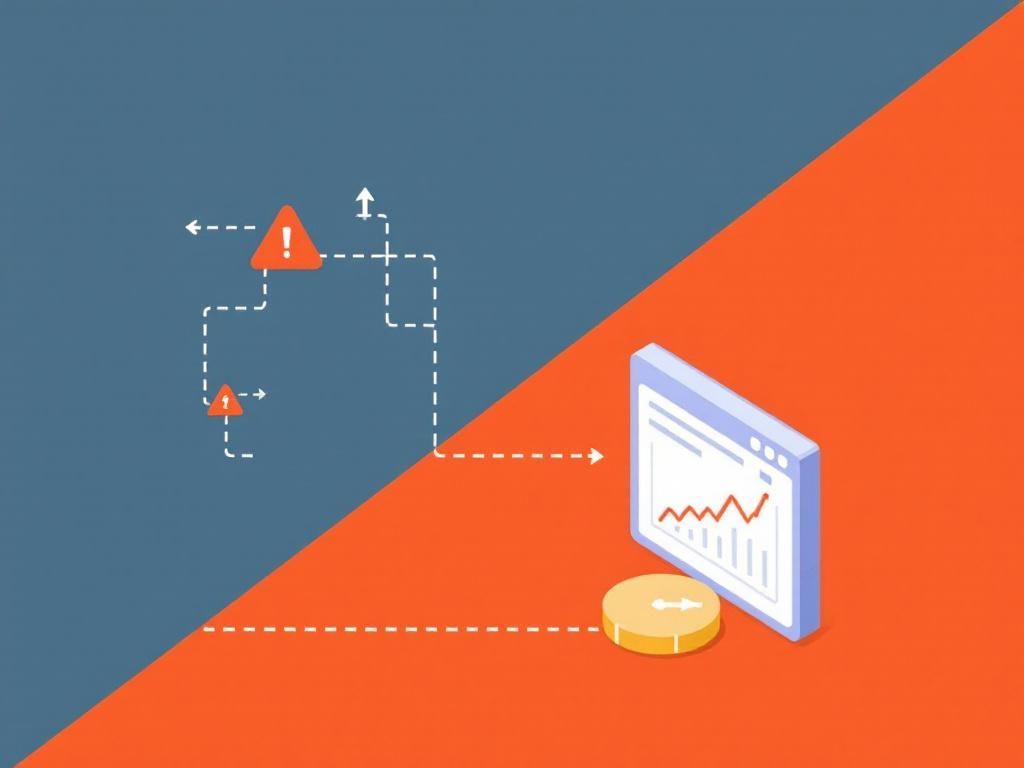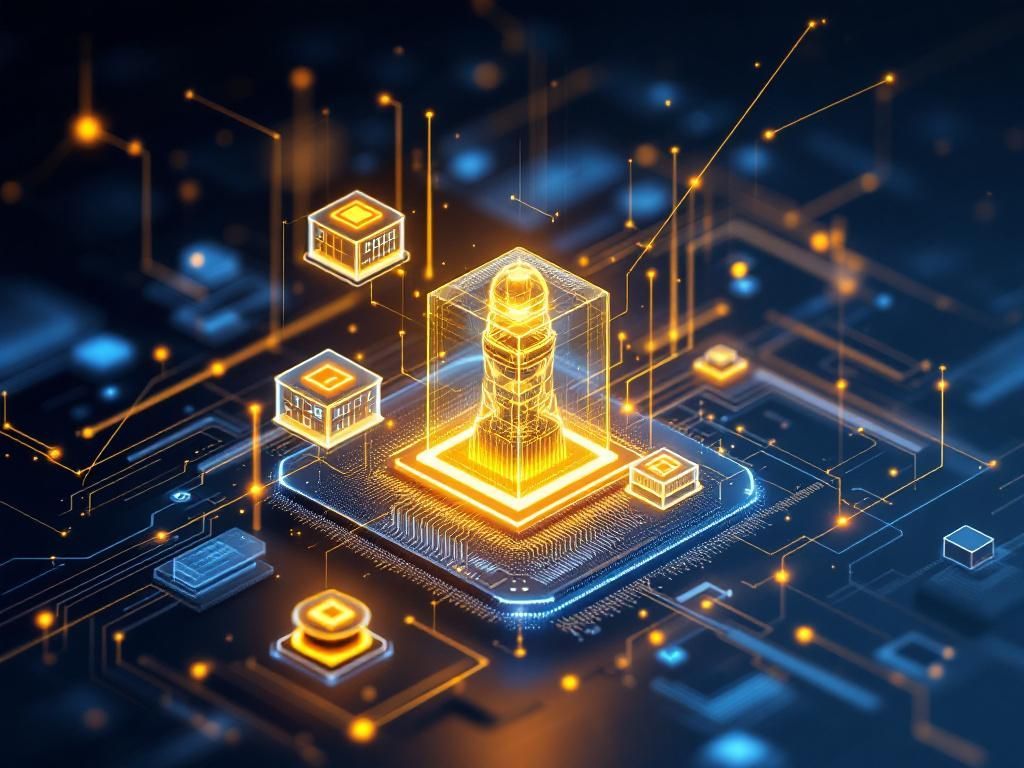2025’s Top Digital Twin Solutions for Infrastructure
Discover the leading digital twin solutions for infrastructure in 2025, designed to enhance efficiency, reduce costs, and improve project outcomes.
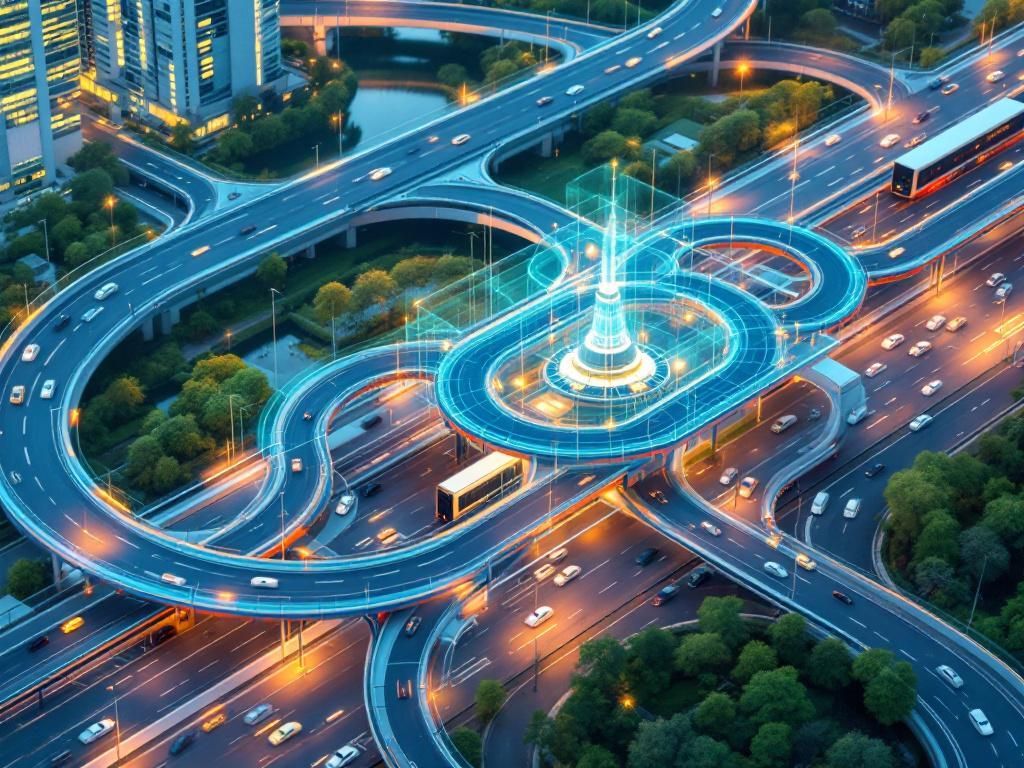
As the world becomes increasingly interconnected, the concept of the digital twin has emerged as a revolutionary technology across various industries. Digital twins, which are virtual replicas of physical entities, enable organizations to simulate, predict, and optimize their operations, leading to enhanced efficiency and reduced costs. In 2025, the best digital twin solutions for infrastructure will offer not only advanced modeling capabilities but also integration with artificial intelligence, IoT, and big data analytics. This article will explore the leading digital twin solutions for infrastructure in 2025, delving into their features, benefits, and use cases.
Table of Contents
Understanding Digital Twin Technology
A digital twin serves as a bridge between the physical and digital worlds, allowing organizations to create a real-time digital representation of their infrastructure assets. This technology can be applied to various sectors, including construction, transportation, utilities, and urban planning.
Key Components of Digital Twin Solutions
- Data Acquisition: Gathering real-time data from sensors, IoT devices, and other sources.
- Modeling and Simulation: Creating accurate models that reflect the physical entity’s behavior and performance.
- Analytics: Leveraging data analytics to derive insights, predict maintenance needs, and optimize operations.
- Visualization: Providing intuitive dashboards and visualizations for easy interpretation of data.
Top Digital Twin Solutions of 2025
In 2025, several digital twin solutions stand out due to their robust features, scalability, and ease of use. Below are some of the leading platforms:
1. Siemens Digital Industries Software
Siemens offers an integrated digital twin solution that combines product lifecycle management (PLM) with IoT capabilities. With its Xcelerator portfolio, Siemens allows organizations to design, simulate, and optimize their infrastructure projects.
Key Features:
- Comprehensive design and engineering software integration
- Advanced simulation tools for real-time performance testing
- Robust analytics for predictive maintenance
- Cloud-based solutions for accessibility and collaboration
2. Autodesk Forge
Autodesk Forge is a cloud-based platform that provides tools for building digital twins of buildings and infrastructure. It offers APIs that allow developers to create customized applications tailored to specific needs.
Key Features:
- Extensive library of APIs for custom application development
- Collaboration tools for teams across different locations
- 3D visualization and data management capabilities
- Integration with BIM (Building Information Modeling) workflows
3. ANSYS Twin Builder
ANSYS Twin Builder is specifically designed for simulating complex systems and creating digital twins. This platform is ideal for industries such as aerospace, automotive, and energy.
Key Features:
- Multi-physics simulation capabilities for accurate modeling
- Integration with various engineering tools
- Real-time performance monitoring and predictive analytics
- Support for machine learning algorithms
4. IBM Maximo Application Suite
IBM Maximo offers robust asset management capabilities paired with digital twin technology. It is particularly well-suited for organizations looking to manage large-scale infrastructure assets.
Key Features:
- Asset lifecycle management with real-time data integration
- Predictive maintenance powered by AI and analytics
- Mobile capabilities for on-site management
- Comprehensive dashboards for KPI tracking
5. Bentley Systems
Bentley Systems specializes in infrastructure engineering software and has developed a digital twin platform that enhances the design, construction, and operation of infrastructure assets.
Key Features:
- Integration with infrastructure design software
- Project delivery and asset performance optimization
- Collaboration tools for multidisciplinary teams
- Real-time data integration from field sensors
Benefits of Implementing Digital Twin Solutions
Organizations that leverage digital twin solutions can experience a wide array of benefits, including:
- Improved Decision-Making: Access to real-time data allows for informed decision-making based on comprehensive analysis.
- Enhanced Efficiency: By simulating various scenarios, organizations can optimize processes and reduce waste.
- Cost Reduction: Predictive maintenance capabilities can significantly lower operational costs by preventing unexpected failures.
- Increased Collaboration: Digital twins can be shared across teams and stakeholders, fostering collaboration and transparency.
Challenges and Considerations
While the benefits of digital twin technology are substantial, organizations may face challenges during implementation. These include:
Data Management
Handling vast amounts of data generated from IoT devices and sensors can be overwhelming. Organizations need robust data management strategies to ensure data integrity and accessibility.
Integration with Existing Systems
Integrating digital twin solutions with legacy systems can be complex and may require significant investment in time and resources.
Skill Gap
There is often a shortage of professionals skilled in data analytics, IoT, and digital modeling, which can hinder the effective use of digital twin technologies.
Future Trends in Digital Twin Technology
As technology continues to evolve, several trends are expected to shape the future of digital twin solutions:
1. Increased Use of AI and Machine Learning
AI and machine learning will play an increasingly vital role in enhancing the predictive capabilities of digital twins, allowing for smarter decision-making.
2. Greater Focus on Sustainability
Digital twins will be used to evaluate the sustainability of infrastructure projects, enabling organizations to minimize their ecological footprint.
3. Expansion of Edge Computing
The rise of edge computing will allow for faster data processing and analysis, improving the responsiveness of digital twin applications.
4. Integration with Blockchain
Blockchain technology could enhance the security and traceability of data within digital twin frameworks, providing a tamper-proof record of asset performance and maintenance history.
Conclusion
The digital twin technology is set to revolutionize the way infrastructure assets are managed and optimized. By adopting the leading digital twin solutions available in 2025, organizations can unlock new levels of efficiency, cost savings, and sustainable practices. As advancements in AI, IoT, and big data continue to unfold, the potential applications of digital twins will only expand, making it essential for infrastructure organizations to stay ahead of the curve.
FAQ
What are digital twin solutions for infrastructure?
Digital twin solutions for infrastructure are virtual replicas of physical assets, systems, or processes that allow organizations to simulate, analyze, and optimize performance in real-time.
How do digital twin technologies improve infrastructure management?
Digital twin technologies enhance infrastructure management by providing real-time data insights, predictive analytics, and the ability to simulate various scenarios, leading to better decision-making and resource allocation.
What industries benefit from digital twin solutions?
Industries such as construction, transportation, energy, and manufacturing benefit significantly from digital twin solutions as they improve operational efficiency, reduce costs, and enhance safety.
What are the key features of the best digital twin solutions in 2025?
The best digital twin solutions in 2025 will feature advanced analytics, integration with IoT devices, user-friendly interfaces, and robust security measures to protect sensitive data.
How can I choose the right digital twin solution for my infrastructure project?
To choose the right digital twin solution, consider factors like scalability, compatibility with existing systems, ease of use, and the provider’s experience in your specific industry.
What is the future of digital twin technology in infrastructure?
The future of digital twin technology in infrastructure looks promising, with advancements in AI and machine learning driving more accurate simulations, greater automation, and enhanced collaboration among stakeholders.

